Is the Global X SuperDividend ETF (SDIV) a Good High-Yield Investment? Pros and Cons Explained
Global X SuperDividend ETF (SDIV): High Yield, But at What Cost?
The Global X SuperDividend ETF (SDIV) stands out with an eye-catching trailing dividend yield of 10.7%. In contrast, the S&P 500 index offers a much lower yield of around 1.3%. While this high payout may attract income-seeking investors, there are important risks to consider before adding this ultra high-yield ETF to your portfolio.
How Does the Global X SuperDividend ETF Work?
The main goal of SDIV is to mirror the performance of the Solactive Global SuperDividend Index. This index is designed to select the 100 highest-yielding dividend stocks worldwide. To ensure quality, the index employs certain filters:
- Dividend Yield Range: Only stocks with a yield between 6% and 20% are included when the ETF adds new holdings. While 6% is already high, a 20% yield is extremely rare and potentially risky.
- Dividend Cuts: Companies that have announced dividend cuts are excluded, providing a modest safeguard against immediate payout risks.
- Equal Weighting: All holdings receive equal weight, which limits the effect of any single stock on the overall portfolio.
Despite these safeguards, SDIV remains a rather aggressive choice for income-focused investors.
What Are the Risks of SDIV’s High Yield?
A consistent 10% yield is generous, equaling what many investors expect from long-term S&P 500 returns. However, SDIV's history reveals critical issues:
- Flat Long-Term Returns: According to historical performance, SDIV’s total return—including both dividends and share price appreciation—has hardly grown since inception. This means that although payouts are high, the overall value of your investment may stagnate.
- Falling Dividends and Share Price: Both the ETF’s dividend payments and share price have trended downward over time. Investors relying on SDIV for income may find themselves with shrinking payouts and shrinking capital. If you spend the dividends instead of reinvesting, you could end up with less total wealth.
Will the Situation Improve for SDIV?
Unfortunately, SDIV's outlook remains challenging. As assets within the ETF decline, it becomes harder for SDIV to maintain or increase its dividend yield during rebalancing. The structure effectively locks the fund into a cycle of high payouts but eroding capital and income.
Alternative ETF Choices
While SDIV offers a high yield, its approach hasn't led to sustainable results for long-term investors. Many dividend seekers may find better opportunities in ETFs focused on consistent dividend growth and lower yields, such as the Schwab US Dividend Equity ETF (SCHD), which emphasizes growing, reliable dividends over time.
This content is for informational purposes only and does not constitute financial advice.

